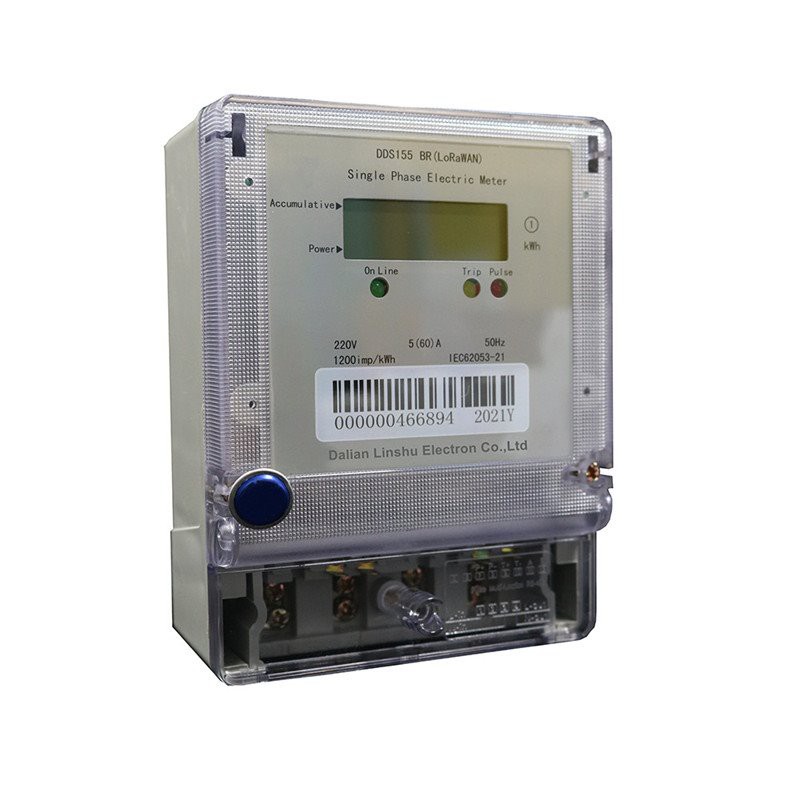Controllore
1.Dalian Linshu Electron Co., Ltd. is established in 2004. The management team has been in this business industry for over 20 years.
2.
3.It owns the independent R&D center and factory which is the key recommended high-tech enterprises in Dalian city, Liaoning Province.
4.The R&D team of the company is composed of many Doctors and Masters, with long-term practical work experience in the field of intellectual control.
The Solar Home RV Inverter is suitable for off-grid power generation, RV use, exterior building use, office UPS, unattended agriculture, and external monitoring equipment. Secondly, different input and output voltages and currents are available for you to choose from. More importantly, our products also have the characteristics of wide functions, small size and easy to carry.

The Solar Home RV Inverter is a device that can transform the energy from the sun into electricity. The inverter has a built-in solar panel that collects the energy from the sun and converts it into usable electricity that can power your home or RV. The device is user-friendly, and you don't need any kind of technical expertise to operate it.
The Solar Home RV Inverter is a device that can transform the energy from the sun into electricity. The inverter has a built-in solar panel that collects the energy from the sun and converts it into usable electricity that can power your home or RV. The device is user-friendly, and you don't need any kind of technical expertise to operate it.

If you need to retrofit a battery into your solar system or want to keep your battery separate from your solar panels and run through a different inverter, a battery inverter is the best alternative. Wherever practical, a battery inverter converts your battery power into 230V AC and feeds it into your switchboard (rather than using grid power).
A central inverter is a massive device that is used in systems requiring hundreds of kilowatts (or even megawatts) of power. They're not for home use and look like a giant metal cabinet, with each 'cabinet' capable of handling about 500kW of power. Commercially, they are typically for large-scale installations or utility-scale solar farms.
Hybrid inverters, often known as multi-mode inverters,' allow you to add batteries to your solar system and are rather uncommon in Australia. It connects to the attached batteries via 'DC coupling' (where the solar and batteries are powered by the same inverter and the DC from the solar panels is used to charge the batteries via a DC charger). Its microelectronics control the battery's charging and discharging.
Microinverters, as their name implies, are extremely small (about the size of a book!) The solar panels to microinverter ratio are 1:1. A microinverter's advantage is that it optimizes each solar panel individually, resulting in more energy (especially in shady conditions).
1. Check regularly to ensure the inverter does not overheat.
2. Ensure that the inverter isn't overloaded with other appliances than it was designed for.
3. Avoid opening up the inverter and the unnecessary touching of circuits as the inverter carries electricity.
4. If you'll be charging your inverter with a generator, ensure the generator capacity is higher than that of the inverter.
5. Protect your inverters with circuit breakers if it wasn't installed with it.
6. Ensure your inverter is installed in a well shaded and ventilated area with zero contact with water or dust. Water and dust can cause your inverter to overheat
7. Reduce your energy waste to increase the sustainability of your inverter.
8. DIY is good but ensure that your solar system installation is carried out by energy professionals or solar engineers.

We provide complete integrated solution for companies and utilities to real-time remote monitoring and control of business and industrial facilities, including smart energy consumption management system, solar photovoltaic monitoring solution, Industrial data remote acquisition system, etc. Customers could easily monitor and control through PC and mobile application.




